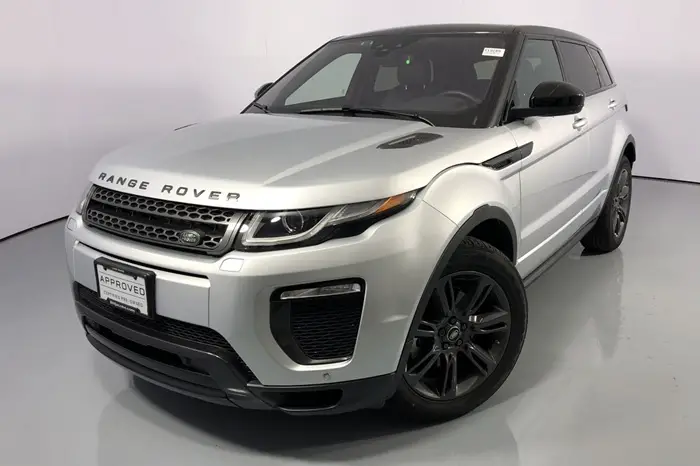 The first Land Rover was designed in 1947 in the United Kingdom by Maurice Wilks, chief designer at the British car company Rover on his farm in Newborough, Anglesey. It is said that he was inspired by an American World War II Jeep that he used one summer at his holiday home in Wales. The first Land Rover prototype ‘centre steer’ was built on a Jeep chassis. A distinctive feature is their bodies, constructed of a lightweight rustproof proprietary alloy of aluminium and magnesium called Birmabright. This material was used owing to post war steel shortages and a plentiful supply of post-war aircraft aluminium. This metal’s resistance to corrosion was one of the factors that allowed the vehicle to build up a reputation for longevity in the toughest conditions. The early choice of colour was dictated by military surplus supplies of aircraft cockpit paint, so early vehicles only came in a shade of light green; all models until recently feature sturdy box section ladder-frame chassis.
The first Land Rover was designed in 1947 in the United Kingdom by Maurice Wilks, chief designer at the British car company Rover on his farm in Newborough, Anglesey. It is said that he was inspired by an American World War II Jeep that he used one summer at his holiday home in Wales. The first Land Rover prototype ‘centre steer’ was built on a Jeep chassis. A distinctive feature is their bodies, constructed of a lightweight rustproof proprietary alloy of aluminium and magnesium called Birmabright. This material was used owing to post war steel shortages and a plentiful supply of post-war aircraft aluminium. This metal’s resistance to corrosion was one of the factors that allowed the vehicle to build up a reputation for longevity in the toughest conditions. The early choice of colour was dictated by military surplus supplies of aircraft cockpit paint, so early vehicles only came in a shade of light green; all models until recently feature sturdy box section ladder-frame chassis.
The early vehicles, such as the Series 1, were designed to be field-serviced; advertisements for Rovers cite vehicles driven thousands of miles on banana oil. Now with more complex service requirements this is less of an option. The British Army maintains the use of the mechanically simple 2.5 litre 4 cylinder 300TDi engined versions rather than the electronically controlled 2.5 litre 5 cylinder TD5 to retain some servicing simplicity. This engine also continued in use in some export markets using units built at a Ford plant in Brazil, where Land Rovers were built under license and the engine was also used in Ford pick-up trucks built locally. Production of the TDi engine ended here in 2006, meaning that Land Rover no longer offer it as an option. International Motors of Brazil offer an engine called the 2.8 TGV Power Torque, which is essentially a 2.8-litre version of the 300TDi, with a corresponding increase in power and torque.
Since its purchase by Ford, Land Rover has been closely associated with Jaguar. In many countries they share a common sales and distribution network (including shared dealerships), and some models now share components and production facilities.

